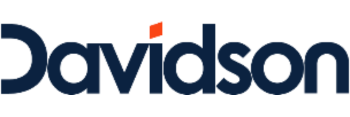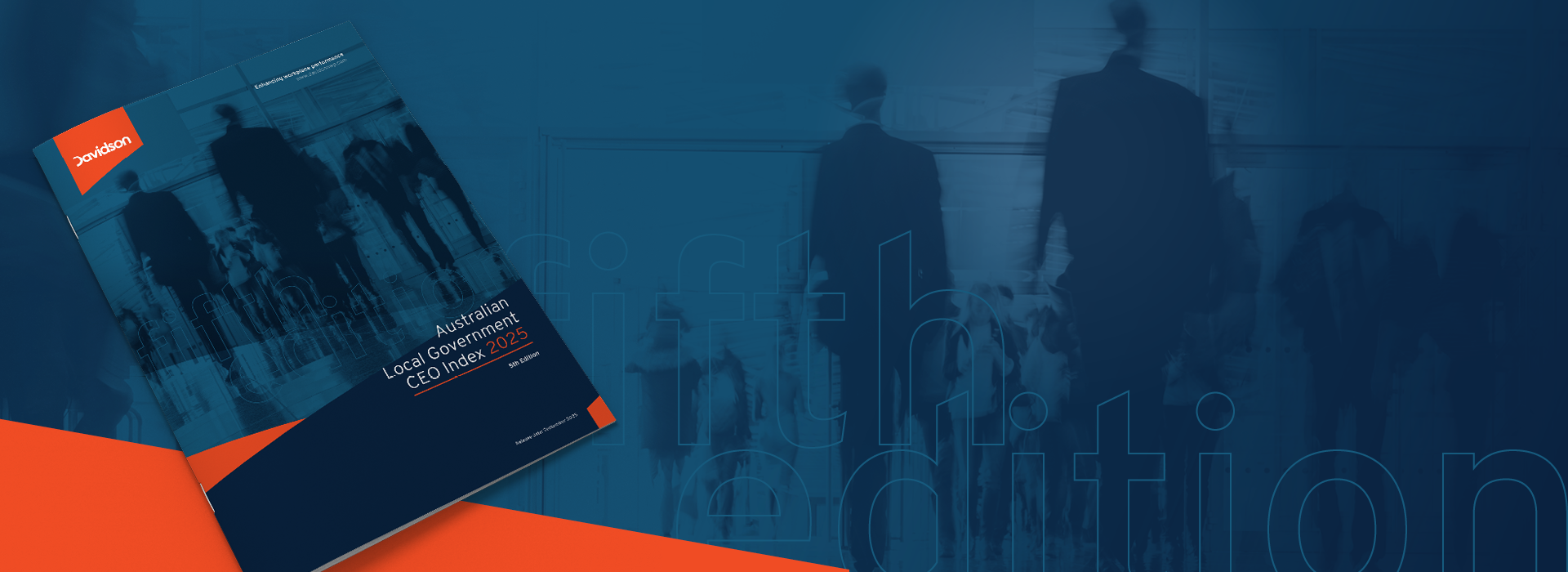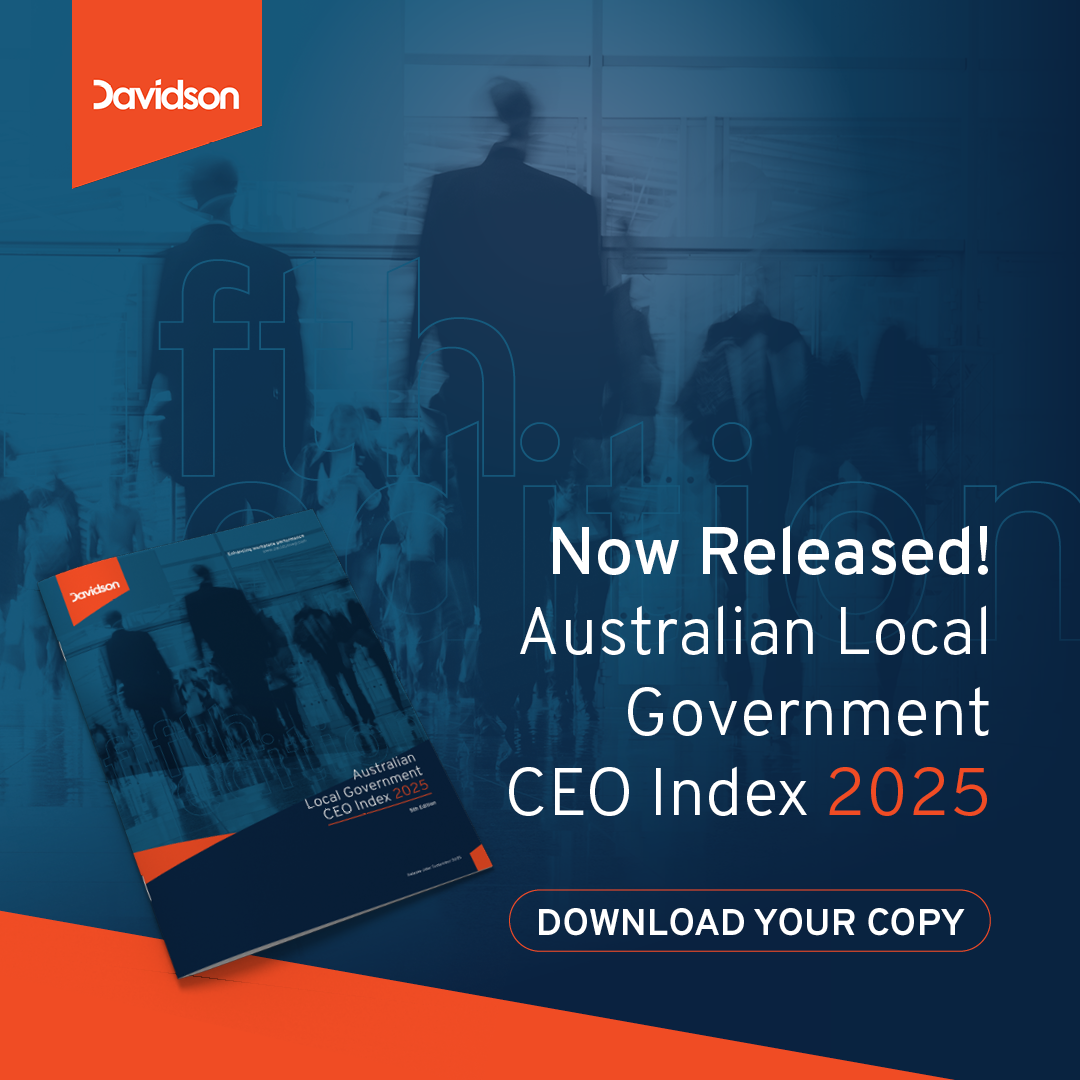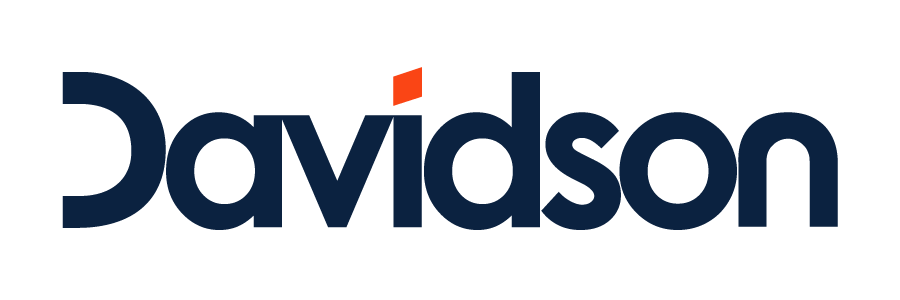Where is cloud headed by the end of 2025? Just “Google it”.
Google’s Cloud Platform made headlines recently, with the tech giant holding its marquee Google Next event.

Google’s Cloud Platform made headlines recently, with the tech giant holding its marquee Google Next event. With a 35% growth from 2021 to 2022 in the use of Google cloud, one of the event’s highlights was the keynote by multiple Google executives and product owners who shared their Top ten cloud technology predictions for 2025:
Developers who start with neuroinclusive design will see a 5x growth in user adoption in the first two years.
Neurodiversity explains the idea that people experience, interpret and process the world around them in many different ways; there is no one “right” way and differences are not viewed as “deficits.” According to Google, 20% of the world’s population has non-typical, or neurodistinct, cognitive skills and talents.
By considering a range of design elements for cognitive and sensory accessibility, such as balance, proportion, unity, light, colour, space and patterns, neuroinclusive design has a profound effect on the rate of user adoption.
4 out of 5 enterprise developers will use some form of curated open source.
Open source code—publicly accessible, modifiable and shareable—is all around us. In its annual report, Synopsys found that 97% of code bases contained open source and 78% of code in code bases was open source. Alarmingly, 81% of code bases contained at least one vulnerability.
Google’s answer to what is a global challenge in managing and keeping open source safe is curated open source. In this model, a curator is responsible for including support for developers, finding and fixing vulnerabilities, updating old dependencies and tracking new ones, building in automations for testing and even offering response-based SLAs.
Google has already committed to scanning, analysing and fuzz testing over 250 java and python packages for security vulnerabilities on behalf of cloud developers and updating them as needed.
The view of Joe Gardiner, from Davidson Technology Consulting, is that ‘this is big news and a positive sign for cloud competition. Google and Microsoft have increasingly embraced open-source approaches. Having Google test and assist in maintaining these packages helps minimise cyber threat attack vectors across the industry.’
90% of security operations workflows will be automated and managed as code.
Australia’s Cyber Security Centre reported that to June 2021 the reporting of cybercrime had increased by nearly 13% – that’s a cyber-attack every 8 minutes. Security Operations (SecOps) is struggling to keep up. One estimate puts the number of unfilled cybersecurity globally at 3.5 million.
In Google’s view, the answer is not to keep hiring and training more people but to make security more agile and accessible through code to automatically scan data, detecting and performing risk assessments in minutes rather than what typically takes days or weeks.
AI is going to be the primary driver for moving to a 4-day work week.
The growth of Enterprise grade tools and solutions, such as to build and deploy changes, manage environments, operate contact centers, translate languages and make ecommerce recommendations, will see a boost to employee productivity.
Whether this translates into Google’s prediction of comfortably completing five day’s worth of work in four remains to be seen, but it’s a tantalizing idea.
90% of data will be actionable in real-time using ML.
According to Google, recent surveys show only one-third of all companies realize tangible value from their data. That’s why Google are evolving their data platforms to enable customers to be able to see, trust and act on their data in real-time for both structured and unstructured data.
The barriers between transactional and analytical workloads will disappear.
Traditionally, these workloads have been separated for good reason. Transactional systems are optimised for fast read/write and analytical systems are optimised for aggregating large data sets. Most commercial applications require access to both datasets, think personal recommendations for ecommerce.
Google is solving the problem through an integrated network of solutions that are intelligent and data-driven without affecting performance.
Over half of cloud infrastructure decisions will be automated based on an organisation’s usage patterns.
Google Cloud revealed two of their latest hardware developments to deliver workload optimised compute:
- ·Infrastructure Processing Unit (IPU) which is a custom board with massive storage performance all on the size of a graphics card; and
- TPU v4 a machine learning supercomputer “likely world’s fastest” which is the size of a normal motherboard which they claim is “80% faster and 50% cheaper”.
Additionally, Google’s intent is to make the need to define infrastructure specifications as ‘old thinking.’ In the new world, specify a workload and Google will recommend, configure and deliver the best options for your needs.
3 out of 4 developers will lead with sustainability as their primary development principle.
According to Google, 65% of executives want to improve their sustainability efforts, but 36% lack the tools to track progress toward sustainability goals.
The Google Cloud Platform now provides, as part of their standard offer, the visibility into emissions measurements from Google data centres by project, region, product and gives recommendations for best practice.
Over half of all organisations using public cloud will freely switch their primary cloud provider as a result of the multicloud capabilities available.
Studies show that most companies use more than one cloud provider today. The prediction is that in the years ahead there will be an increase in organisations not just using a multicloud strategy to hedge their bets, but to use them to switch from their first cloud to their next cloud.
Over half of all business applications will be built by users who do not identify as professional developers today.’
The adoption of no-code and low-code tools such as Google AppSheet, MS Power apps, Retool, ServiceNow, Pega, Appian, and Outsystems will continue to be the focus of the low code movement. These tools will move development outside of central IT and help enterprises quickly build applications with automations on scalable platforms.
Google isn’t alone. Gartner refers to the adoption of no-code and low-code tools as a ‘general social and technological movement.’ They anticipate that the increased demand for custom software solutions in support of digital transformation, delivery speed and time to value is driving the emergence and growth of citizen developers outside of IT.
Gartner research says, on average, 41% of employees outside of IT – or business technologists – customize or build data or technology solutions. Gartner predicts that half of all new low-code clients will come from business buyers that are outside the IT organization by year-end 2025, too.
Here at Davidson, we source, place, and augment some of Australia's largest companies with exceptional Google Cloud talent. What is your Cloud Prediction for 2025? Share it!
